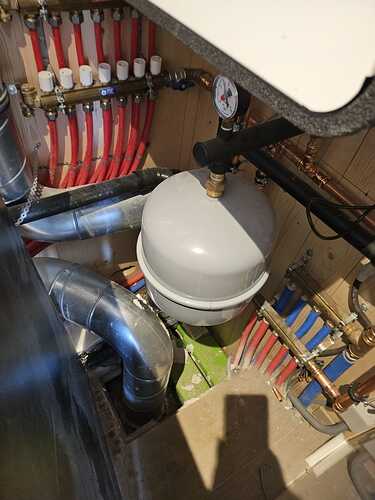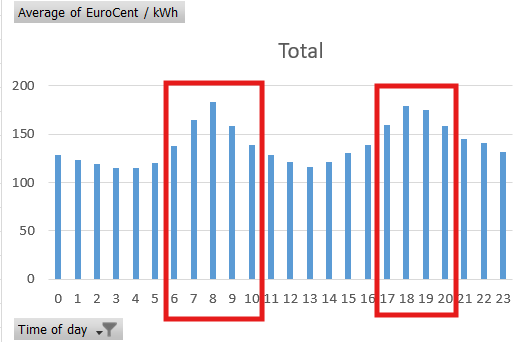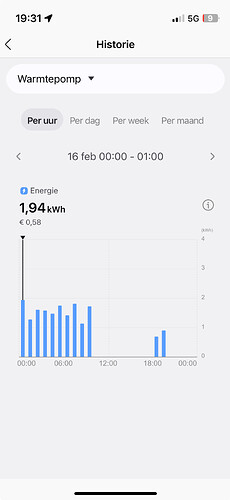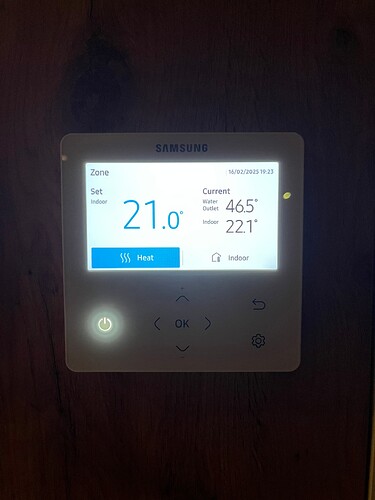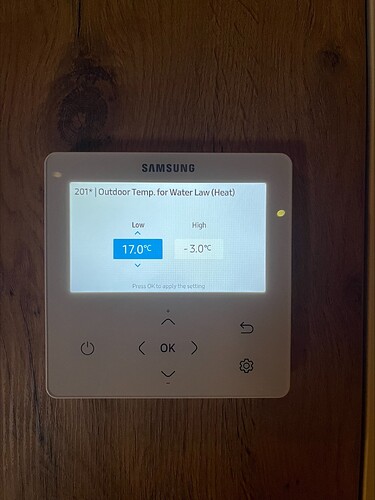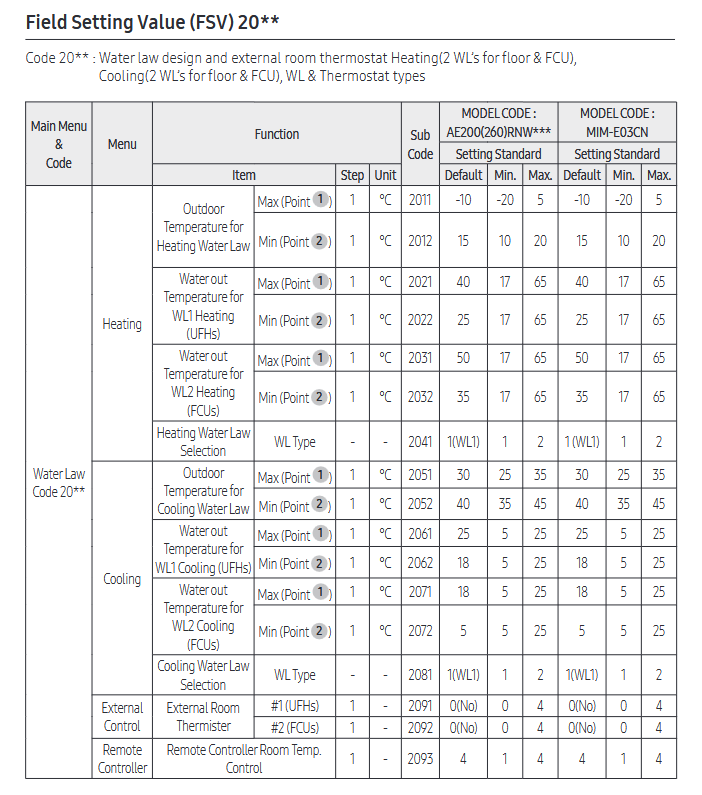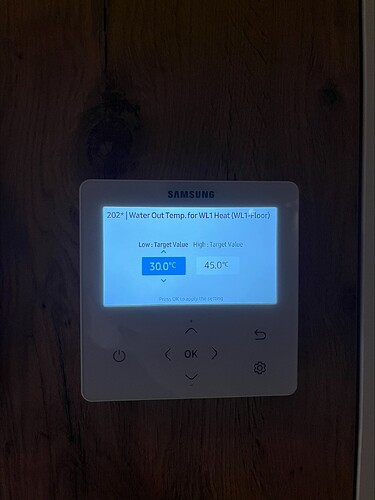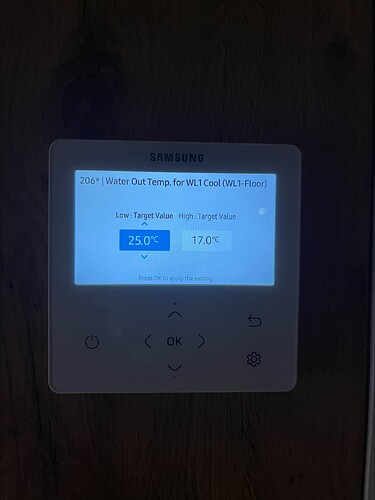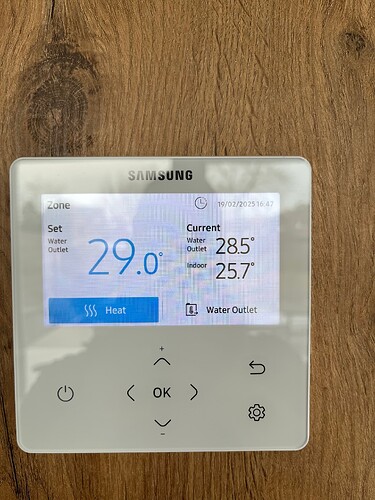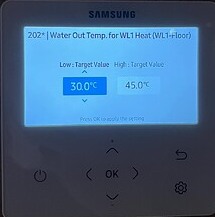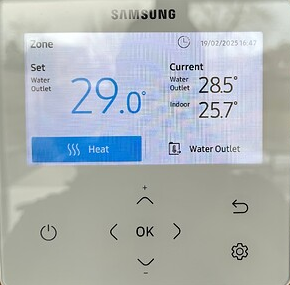Hello all
Glad to have found a community that’s interested in trying to heat as efficiently as possible.
First off: I’m not technically skilled when it comes to heating or things like that, I’m going to need help in a way ‘explain it to me like I’m 5’. English is not my native language; I try to pick up as much as I can. On the other hand, I’m trying to run this house as energy efficient as possible with the things we have, without investing in more hardware the next couple of years. The only thing I’m willing to invest in is a kind of hub which manages my electrical use (solar – net).
My question
I think I am using way to much energy for heating my house + hot water and I would like to check with this community to see:
- Are the electric power numbers (kWh - see below) within a normal range?
- What can be done to my heat pump settings to lower my energy usage without compromising comfort
- How can I tell my heating system to perform during low tarif hours and to stay low or idle at high tarif hours (without compromising my heating efficiency)?
Desired answer (form).
Ideally, I’d have a full overview of all controllers settings, options and field settings as they have been adjusted already so many times, I don’t know which one is correct and which isn’t anymore. I’ve learned that one wrong setting can make a long search why a solution isn’t working, so I think a full overview would be the best starting point to make sure all parameters are fine. I’m willing to follow the manual and set everything back to standard if need be. I’ve found this manual, which I think is correct: https://downloadcenter.samsung.com/content/UM/202407/20240717105028412/DB68-08470A-16_IB_EHS_Wired_Remote-Control_Kit1_EU_Book_EN_240630-D05.pdf
Situation
I’m pretty sure that the technician who set up the system isn’t skilled enough to make sure the heating installation runs as good/efficient as it should. I have 0 trust in this company (we were given no choice in who installed our equipment as our house was built by a construction company who delivers houses fully ready).
Thank you in advance
Thank you advance for your help. If you need more info, I’ll try to give it; just be aware that I don’t have detailed readouts or that I’m very low skilled when it comes to this type of equipment.
Power (kWh) use for my Samsung installation (data source: Samsung app)
Sep – 75, Oct – 85, Nov – 288, Dec – 316, Jan – 473, Feb (16 days in) – 218
My setup :
-
Heating installation
- Indoor: Samsung, AE200TNWTEH, 8KW, 200 liters
- Outdoor: Samsung FJM R32 outdoor unit (8kW I think, I’m not sure)
- Controller: Samsung MWR-… – this hangs in the living area
- Samsung smart app: I can set the room temp and can read energy data
- An extra kettle next to my indoor heat pump: look like this, I don’t know what it is or does exactly
-
House:
- newly built semi-detached house (highly insulated)
- floor heating on 2 levels, but only in 1 zone (no split)
- Solar panels: 4.5 W peak
- Location: Belgium, Gent-area
-
Habits
- Room temp: 21°c stable (living area- is regularly heated by sunshine – big windows south oriented)
- Showers: 2-3 per day (max 5 mins)
- Baths: 3-4 per day
- We have an electricity contract that follows market prices. We try to make sure not to use any electricity during peak hours. Average day/tarif looks like this (peak in red square).
